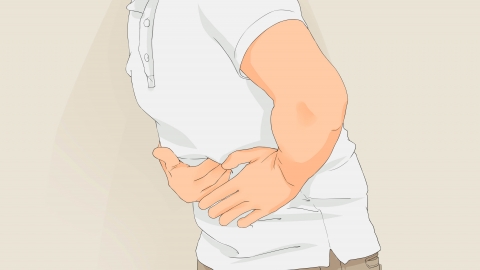What are the risks of having gallbladder polyps?
In general, the potential harms caused by gallbladder polyps mainly include the risk of malignant transformation, induction of cholecystitis, bile duct obstruction, local compressive symptoms, and impaired gallbladder function. A detailed analysis is as follows:

1. Risk of Malignant Transformation: Some gallbladder polyps have the potential to become malignant, especially those larger than 1 cm in diameter, with a broad base, rapid growth rate, or accompanied by gallbladder wall thickening or gallstones—these factors increase the likelihood of malignancy. Once malignant transformation occurs, the disease progresses rapidly and becomes more difficult to treat.
2. Induction of Cholecystitis: Gallbladder polyps may irritate the gallbladder wall or obstruct the opening of the cystic duct, leading to impaired bile drainage and subsequent development of cholecystitis. Patients may experience discomfort such as right upper abdominal pain, nausea, and vomiting, with pain often worsening after consuming fatty foods.
3. Bile Duct Obstruction: If a gallbladder polyp is large or located in a critical position, it may block the cystic duct or common bile duct, causing bile duct obstruction. This prevents normal bile excretion, resulting in symptoms such as jaundice and intensified abdominal pain, and may lead to bile stasis, further aggravating gallbladder damage.
4. Local Compressive Symptoms: Larger gallbladder polyps may exert pressure on surrounding tissues, such as the duodenum or stomach, affecting normal gastrointestinal motility and digestive function. Patients may develop bloating, indigestion, and loss of appetite.
5. Impaired Gallbladder Function: Long-standing gallbladder polyps may interfere with the gallbladder's normal contraction and bile storage functions. When the gallbladder cannot effectively regulate bile secretion and release, it leads to digestive dysfunction. After eating high-fat meals, patients may experience symptoms such as steatorrhea (fatty stools) and bloating.
Patients are advised to undergo regular ultrasound examinations to monitor changes in the size and morphology of the polyps, avoid long-term consumption of high-fat and high-cholesterol foods, maintain a regular diet, and prevent overeating.






